Building movers are skilled professionals who specialize in the complex process of relocating entire structures. This remarkable service involves a significant amount of engineering, coordination, and meticulous execution.
Whether it's a historic property that requires preservation, a home affected by land instability, or a commercial building that needs to be repositioned, building movers possess the expertise to handle such monumental tasks safely and efficiently.
Here, we will showcase everything you need to know about building movers. Let’s get started!
Planning a Successful Structural Move: Key Considerations?
Planning to move is a big step in everybody's life. Now imagine if you have to move your house or office. When you have created lasting memories in a home, raised children, and invested countless hours in its restoration, it's comforting to know that there are alternatives to simply packing up and bidding farewell.
Moving the entire house can be a welcome choice, providing a sense of continuity and preserving the cherished moments and history within its walls.

Pre-Planning Phase
Define the scope and objectives, allocate budgets, and estimate costs accurately to establish clear project parameters and expectations. Planning is crucial when moving structures, as many considerations require careful attention.
Hire Structural Movers
A reputable mover will bring specific capabilities and know-how that an average contractor or DIYer cannot replicate. They should have experience in heavy equipment operation, foundation separation, and more to move your property easily.
Site Preparation
Before the arrival of the structural moving company, make necessary preparations for:
Under the House:
- Clear the basement or crawlspace.
- Remove hanging pipes and ductwork.
Inside the House:
- Secure items for a smooth lift.
Outside the House:
- Remove steps, decks, porches, etc.
- Clear landscaping to prevent damage.
- Remove nearby fences if needed.
- Obtain permission for neighboring property use.
- Mark private utilities for crew awareness.
Logistics and Scheduling
Efficient logistics and scheduling are vital for a successful move. Now that you have planned the task sequence and arranged the necessary permits, you must schedule the move.
The time frame for a structural move varies depending on your property's size and the distance it's being moved. It could range from one day to four or more days. Your mover should be able to provide an estimated timeline with insight into their process.
Transportation and Route Planning
Structural moving teams must carefully strategize the paths for transporting your property. They need to assess the optimal route, considering road conditions, traffic, and weather. They must be well-acquainted with any limitations or regulations about over-width loads on highways and local roads.
Communication and Stakeholder Management
Effective communication plays a crucial role in the planning of a structural move. The coordination team must communicate regularly with the mover, local authorities, and stakeholders such as neighbors and tenants. This ensures that everyone involved in the project stays informed about progress and is promptly updated on any unforeseen issues.
Finalizing the Move
Your moving company should furnish a comprehensive concluding report after your home has been successfully relocated to its new site. This report should encompass project details, including costs, timeline, safety considerations, and other pertinent information for future reference.
Unlocking the Potential: Repurposing Buildings Through Structural Moving?
Repurposing buildings involves adapting existing structures to serve a new purpose rather than demolishing them and constructing something new. One of the key techniques used in repurposing is structural moving, which involves physically relocating a building to a different location or repositioning it on the same site.
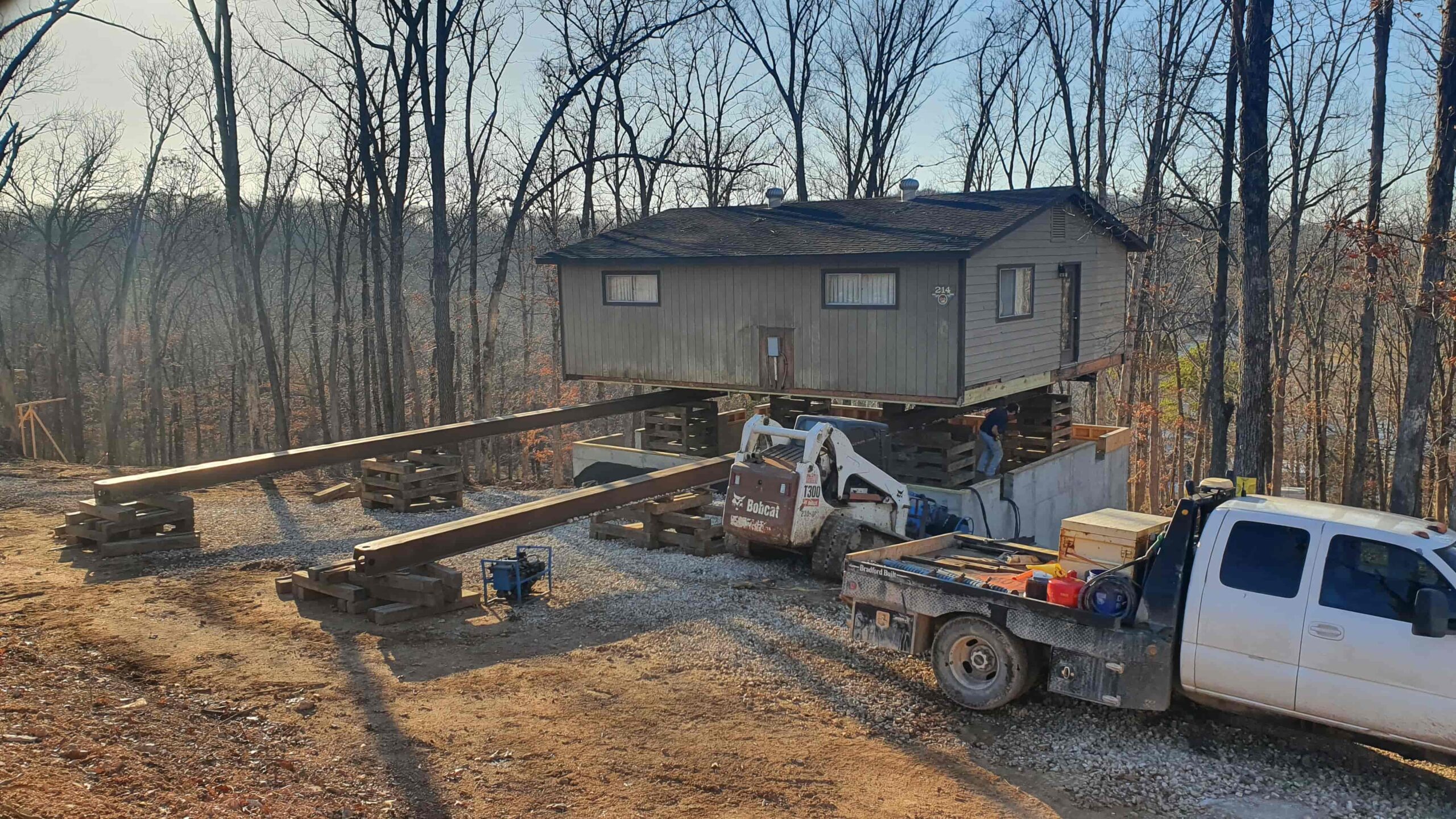
Understanding Structural Moving
Structural moving demands specialized expertise in engineering, construction, and logistics. It entails lifting an entire building from its foundation and relocating or rotating it, typically employing hydraulic jacks, steel beams, and dollies. This method is valuable for repurposing structures, for historical preservation, and for minimizing demolition waste.
Assessing Building Suitability
Not every building qualifies for structural moving; a comprehensive evaluation is crucial to ascertain its structural integrity for the process. Factors like age, construction materials, and current condition are key considerations. Additionally, adhering to local regulations and obtaining necessary permits is essential before starting any structural moving project.
Planning for Repurposing
Thoughtful planning is vital for successfully repurposing through structural moving. This involves determining the building's new purpose, understanding its intended use requirements, and creating a comprehensive plan for relocation or repositioning. Collaboration with architects, engineers, and contractors ensures a seamless transition.
Site Preparation
Proper preparation of the new site is crucial before relocating a building. This entails clearing the area, constructing a new foundation if needed, and ensuring compliance with safety and zoning regulations. Site preparation plays a vital role in the structural moving process, providing a stable and secure location for the building's new purpose while maintaining its integrity.
Structural Moving Techniques
Common structural moving techniques include:
- Utilizing hydraulic jacks and rollers.
- Sliding the building on Teflon-coated rails.
- Employing cranes for lifting.
Choosing the right method depends on the project's needs, as each approach has its advantages and limitations.
Adapting the Building to Its New Purpose
Following the building's relocation, the adaptation process begins, involving interior and exterior renovations to suit its new purpose. The goal is to preserve the original charm while seamlessly incorporating modern amenities and meeting the functional needs of the new use.
Environmental and Sustainable Considerations
Repurposing buildings through structural moving minimizes the need for new construction materials, reduces waste, and revitalizes urban areas sustainably. However, it's crucial to assess and address the environmental impact of the relocation process by optimizing transportation routes and using eco-friendly construction materials.
The Art of Structural Moving: How It Works and What to Expect?
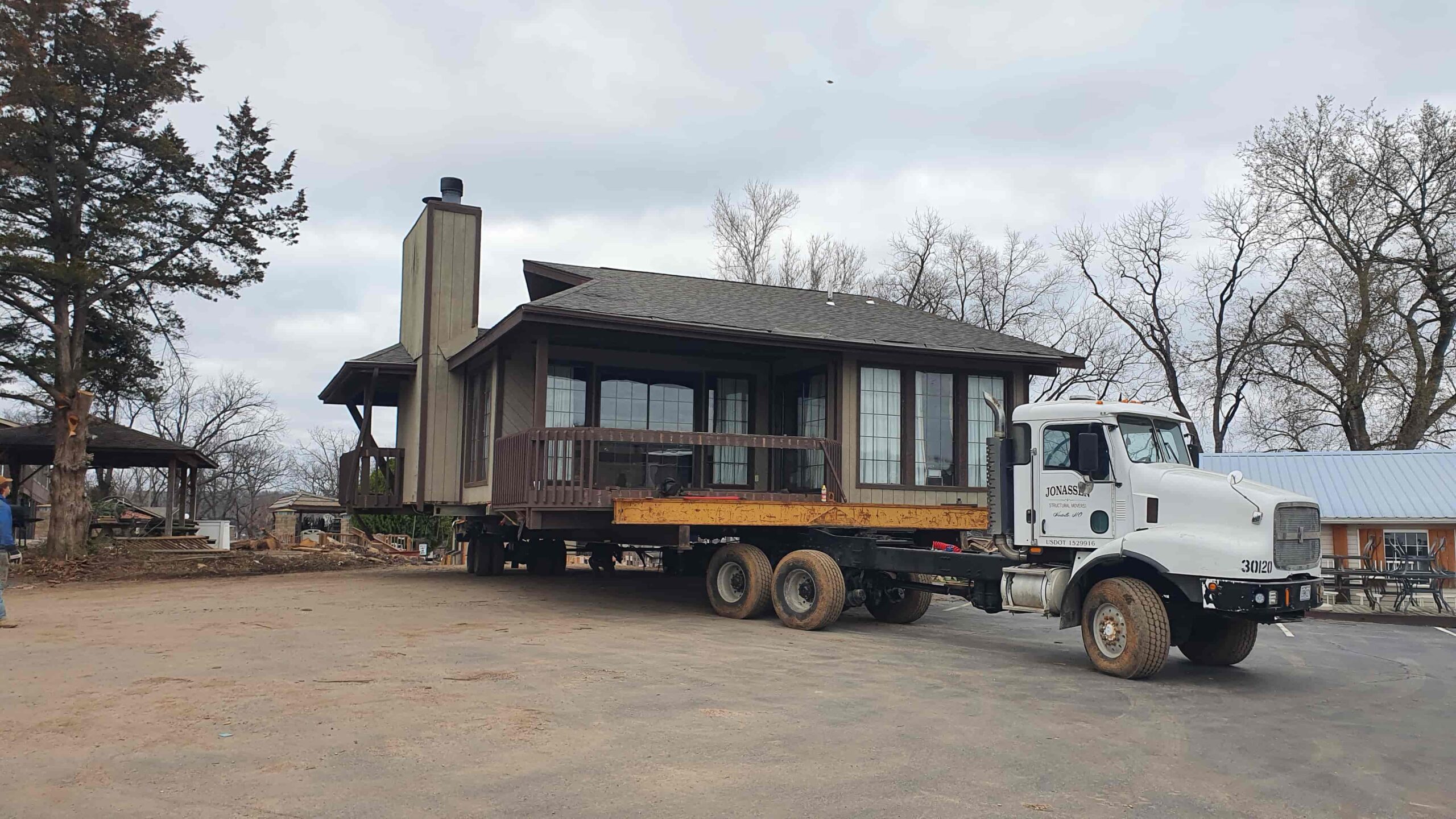
While moving a building may not be the initial choice for preservation, it is increasingly adopted to safeguard historic structures. Professional structural movers employ scientific principles and advanced technology to relocate buildings without causing damage to the structure or its components. Their expertise transforms the challenging task of moving large structures into a well-coordinated process.
The Art Of Building Relocation
Structural relocation is the complex process of moving a building or structure from one place to another. This typically involves two key steps: disassembling the structure at its original site and reassembling it at the desired destination. Alternatively, the entire structure can be transported intact to its new location.
Selecting Structures for Relocation
Not all structures are destined for relocation, and the decision to move a building involves careful consideration.
- Historical Significance: Buildings tied to important events, people, or movements.
- Architectural Value: Unique design styles, features, or construction methods.
- Cultural Relevance: Structures representing traditions and community identity.
- Threat of Demolition: Alternatives to demolition for preservation.
- Site Redevelopment: Making way for new developments while conserving history.
- Structural Soundness: Assessing stability for safe relocation.
- Regulatory Approvals: Meeting legal requirements and permits.
- Public Support and Funding: Community backing and financial feasibility.
- Future Use: Ensuring practical purpose and adaptability.
- Educational Value: Buildings offering learning opportunities.
- Preservation Expertise: Involvement of preservation professionals for proper handling.
Working with Structural Movers
Choosing a structural mover is a crucial step in relocating structures, as it significantly influences the entire operation's success. These experts specialize in lifting and moving heavy loads, employing various techniques, including using trucks or railroad flatcars, to ensure a safe and efficient relocation. Structural movers are adept at lifting and transporting entire structures, even those burdened by years of accumulated elements, with minimal disruption.
Mitigating Risks and Ensuring Preservation
Structural movers prioritize the safe relocation of historic buildings. They conduct thorough inspections, employ protective measures like insulated blankets and airbags, and use low-noise, low-vibration equipment to minimize neighborhood disruption.
Benefits and Controversies
Building relocation has advantages and disadvantages. On one hand, it enables structures to be moved without compromising integrity, preserving historic buildings for future use. However, some argue that relocating historic structures erases local history and removes them from their original context.
Historic Preservation: Relocating Buildings with Structural Movers?
While structural moving may seem challenging, it can offer significant value to preserve buildings. Also known as house lifting, this process involves raising an existing structure and placing it on a new foundation. This relocation is often essential for construction or renovation projects, and it proves beneficial in situations where natural disasters like floods have damaged a building.
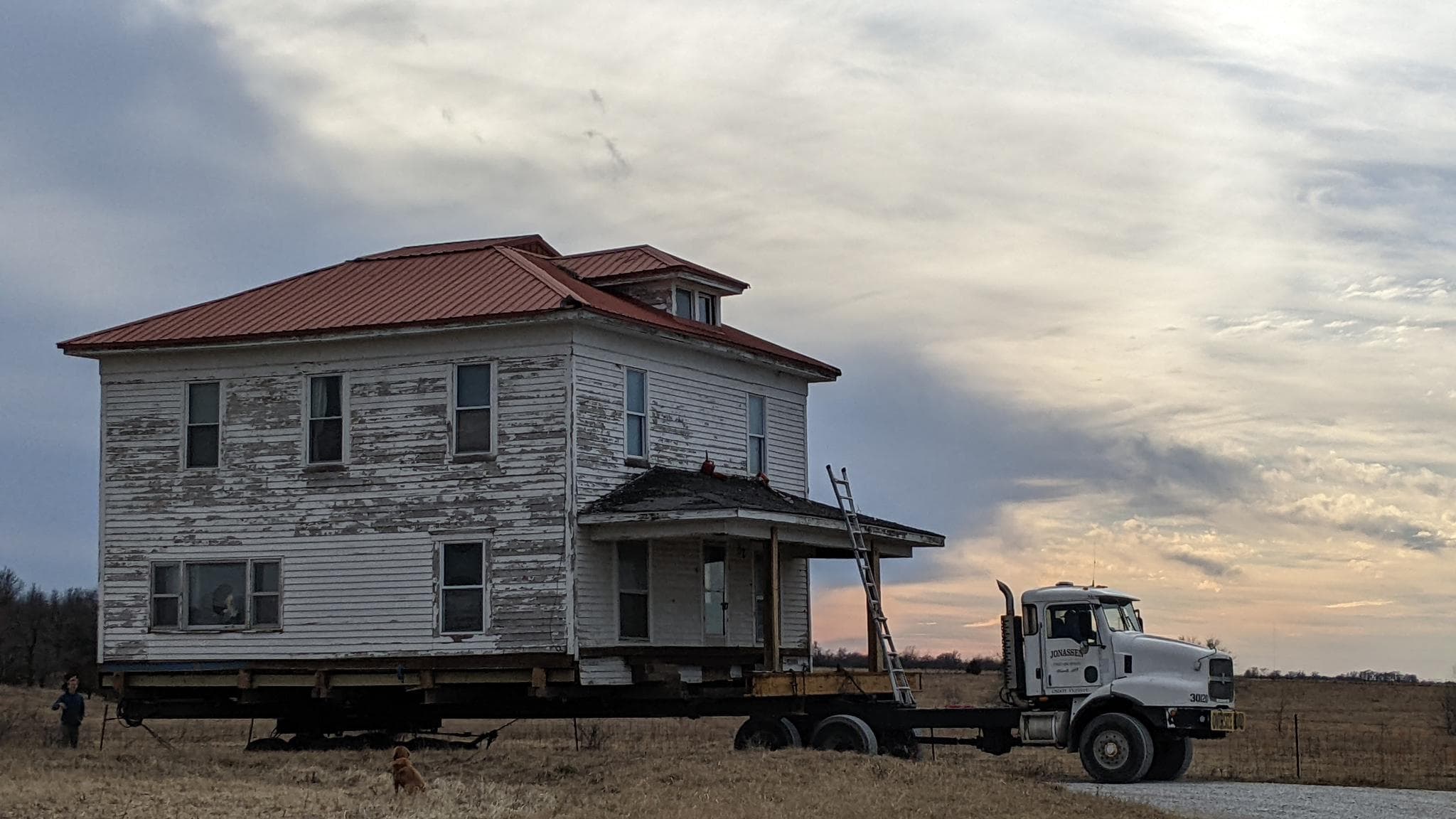
The Basics Of Structural Moving
Structural moving involves relocating a structure, a complex task that necessitates skilled structural moving companies. These experts use hydraulic jacks, steel beams, and dollies to safely lift homes. The crucial phase is the planning stage, where the structural mover assesses the building's size, condition, and special requirements for a successful move.
Reasons for Structural Moving
Various factors can lead to the relocation of a structure:
- One such factor is urban redevelopment, which may necessitate moving the building to facilitate regeneration.
- In other cases, the building may have been purchased by someone who desires to relocate it for reasons such as showcasing its architectural beauty against a more picturesque backdrop.
- It is also possible for the owner to sell the land under the building while retaining the structure itself.
- Furthermore, the preservation of a building for its historical significance can also be a motive for relocation.
How Structural Moving Works?
Relocating a house entails raising it from its foundation and carefully placing it in a new location, even across state lines. Below are the steps in moving an entire house, ensuring a smooth transition while preserving its original essence:
- Plan the house move
- Coordinate permits and paperwork
- Prepare the house
- Lift the house
- Transport the house
- Integrate the home at the new location
Challenges and Considerations
Structural moving, a complex process, demands meticulous planning and execution. Challenges include navigating permits, hiring qualified professionals, and managing costs. Inexperienced attempts pose high risks.
Environmental considerations, like machinery's impact on vegetation and wildlife, are crucial. Engaging experienced structural moving companies ensures a successful relocation, as they adeptly address these factors and deliver reliable solutions tailored to your needs.
Structural Moving vs. Demolition: The Sustainable Choice?
In our increasingly environmentally conscious world, structural moving and demolition are concepts that hold significant weight, and it's high time we delve into them. Structural moving, demolition, and preservation are not just terms for construction enthusiasts. They're essential elements in building a sustainable future.
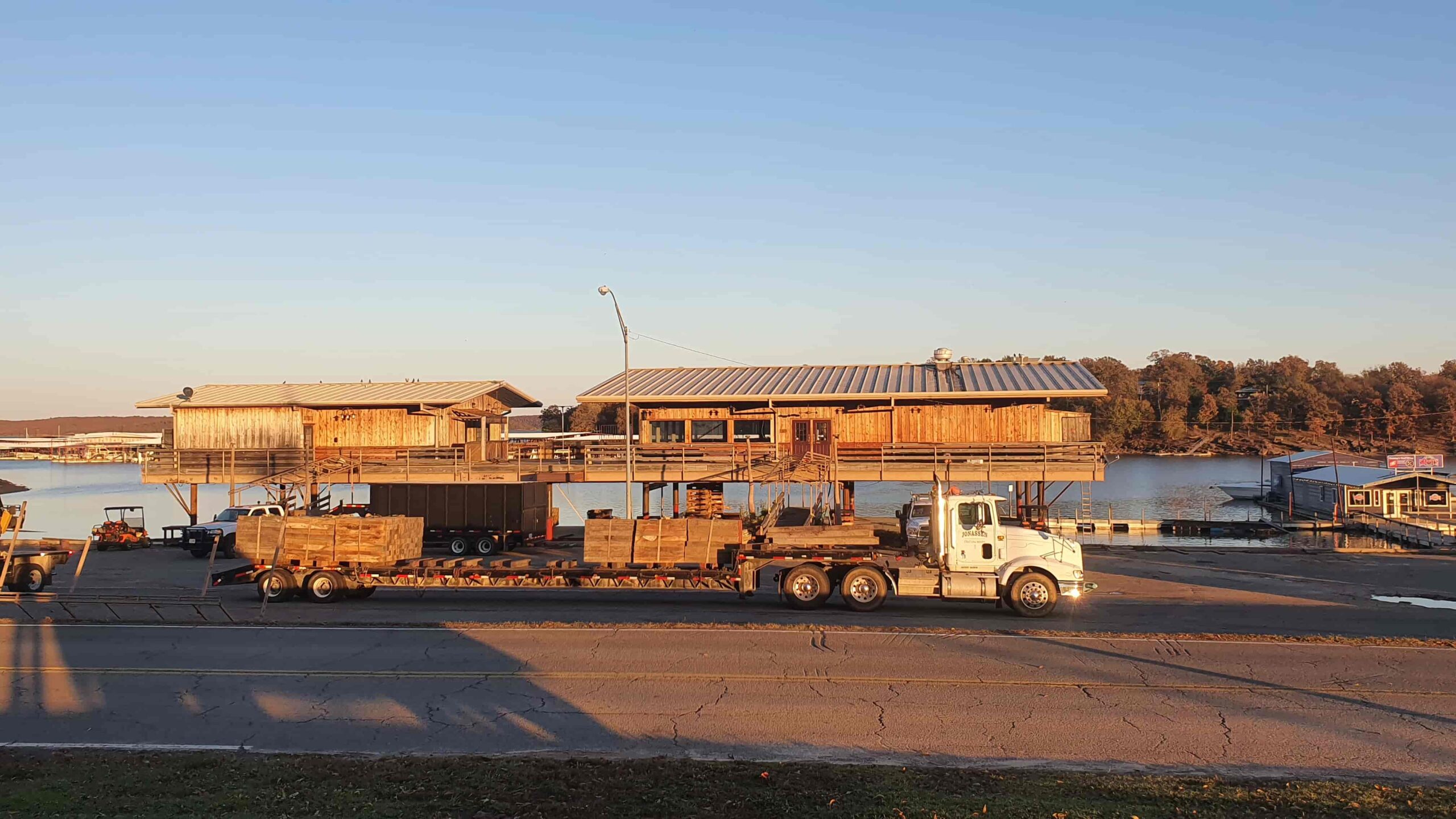
The Environmental Impact of Demolition
Here's a glimpse into the impact of building demolition:
- Waste Generation: Demolition generates massive amounts of waste, contributing to landfills and pollution.
- Air Quality: Dust and pollutants released during demolition harm air quality and can have serious health implications.
- Resource Depletion: Valuable materials go to waste, and the energy spent on demolition adds to carbon emissions.
The Sustainable Benefits of Structural Moving
- Resource Preservation: Instead of tossing everything into a landfill, structural moving preserves building materials, reducing waste and saving resources.
- Energy Efficiency: Moving a structure can be more energy-efficient than constructing a new one, reducing carbon emissions.
- Historical Preservation: Historic buildings can be relocated, preserving our architectural heritage while making room for progress.
The Economics of Sustainable Choices
Here's how a move can help you save:
- Cost Savings: Moving structures takes less time and labor, reducing the overall cost compared to demolition and reconstruction.
- Tax Credits: Many states offer tax credits for preserving historic buildings. This could equal significant savings over the long run.
- Eco-friendly Incentives: You can often receive extra incentives from state or local governments by choosing a sustainable solution.
Challenges and Considerations
- Size: Structures need to be manageable for transport, so you may need to downsize your building or break it up into several parts before moving.
- Regulations: You'll likely need the approval of local governments and agencies before starting the move, so make sure you understand the regulations and procedures.
- Logistics: Structural moving involves a lot of logistics, from planning the route to finding a place to set up temporary buildings during the move.
- Permits and Regulations: Moving a structure involves navigating a maze of permits and regulations. But with the right guidance, it's entirely manageable.
- Zoning Requirements: Ensure your plans align with local zoning requirements to avoid unnecessary hiccups.
Transforming Neighborhoods: Community Revitalization through Structural Moving
Structural moving is more than just shifting buildings from one location to another; it's about breathing new life into neighborhoods while valuing our rich cultural heritage. When done properly, structural moving can give a neighborhood new life, sparking economic and social revitalization.
Structural moving can help preserve the cultural heritage of an area by preserving antique buildings that may otherwise be destroyed to make way for modern developments.
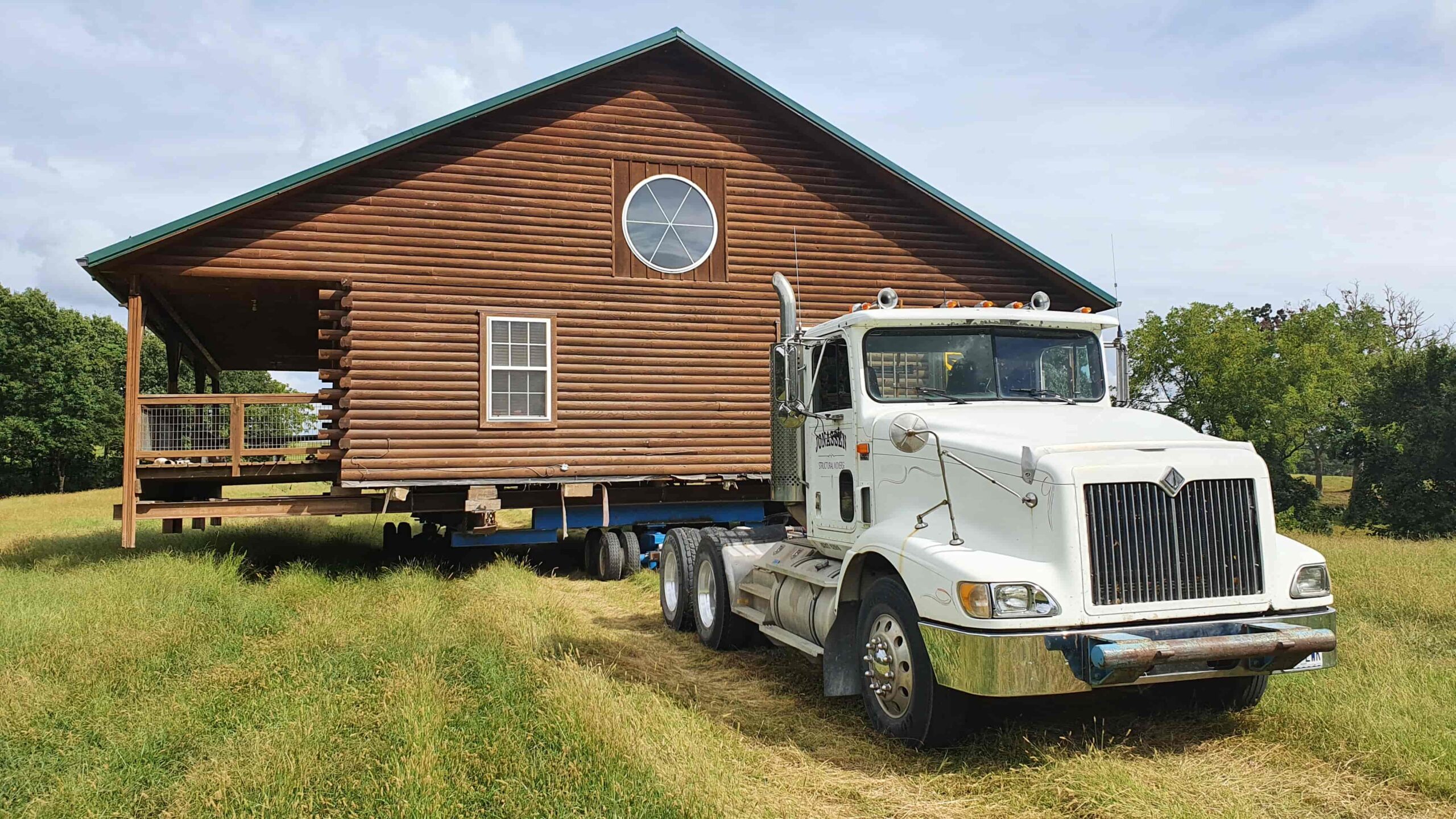
The Decline of Urban Neighborhoods
We've witnessed the decline of once-vibrant neighborhoods in urban and rural settings. Areas that were once lively and filled with activity now suffer from neglect, with abandoned buildings becoming a stark reminder of this decline.
This issue extends beyond city limits, affecting rural communities, where homes and businesses are left behind as people seek better opportunities elsewhere, resulting in the deterioration and eventual demolition of once-thriving structures.
Structural Moving as a Revitalization Tool
Structural moving breathes new life into old neighborhoods. Here’s how:
- Rescuing Historic Structures: Historic homes and buildings on the verge of collapse or demolition can be relocated to safer areas, preserving their charm and history.
- Creating Space for Progress: By making way for new developments, these moved structures help revitalize neighborhoods, attracting businesses, residents, and community activities.
- Boosting Property Values: As neighborhoods are rejuvenated, property values increase, benefiting existing homeowners and the community.
The Collaborative Approach
Local governments and community organizations play a vital role in making structural moving a reality:
- Funding Support: Government agencies often provide funding or incentives to promote revitalization projects.
- Community Involvement: Residents and local organizations collaborate to identify historical or cultural significance structures that should be preserved.
- Navigating Regulations: Working with local authorities helps navigate the permitting and regulatory landscape.
Preserving Cultural Heritage
Beyond the economic benefits, structural moving is a guardian of cultural heritage, such as:
- Preserving History: Old churches, schoolhouses, and homes carry stories of the past. Structural moving ensures these stories continue to be told.
- Cultural Significance: Buildings with cultural significance can be moved to more accessible locations, allowing the community to celebrate its heritage.
Factors That Affect the Cost of a Building Moving Project
Moving buildings is a captivating combination of engineering and logistics, demanding distinctive skills and knowledge. The challenge of relocating an entire structure, whether for preservation, development, or other reasons, is intriguing. Yet, it's essential to weigh the substantial costs associated with such projects carefully.
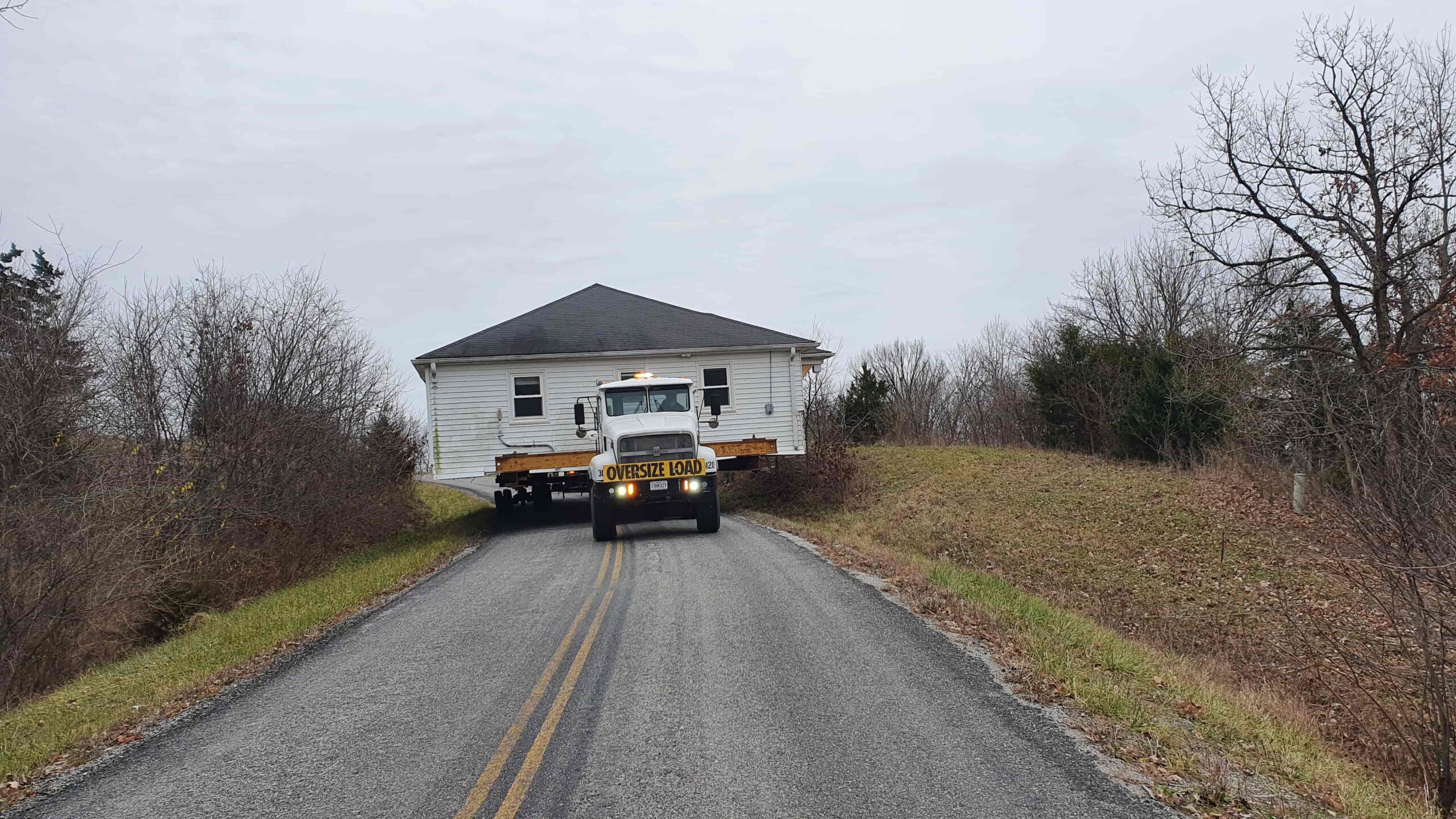
Building Size and Complexity
The cost of moving a building depends significantly on its size and complexity. Smaller structures are generally easier and less expensive to move than larger ones. The intricacy of a building, especially in multi-story commercial structures with detailed architecture, adds to the complexity and cost.
Larger buildings typically require more labor, equipment, and preparation time, emphasizing the importance of accurately assessing size and complexity for estimating expenses.
Distance and Destination
The relocation distance significantly influences costs, with moving across town generally being more economical than cross-country transport. Longer distances require more resources, including fuel and labor.
The building's destination also matters, especially if specific site requirements, such as a remote area or a densely populated urban setting, necessitate additional costs for adapting the structure to the new location.
Foundation and Site Preparation
Before moving a home, assess the foundation and site conditions. Repairing or replacing a poor foundation adds to costs, and site preparation may involve clearing obstacles. Ignoring these factors can lead to expensive delays.
Regulatory Hurdles
Moving a building involves an intricate network of permits and zoning regulations that differ by location. Navigating this landscape demands time and effort, engaging with local authorities to secure necessary permits like road permits, zoning variances, and environmental clearances.
Transportation Methods
The method used to transport the building also affects the cost. There are primarily two options: trailer transport and hydraulic dollies. Trailer transport involves loading the building onto a trailer and moving it on wheels. Hydraulic dollies, on the other hand, use a system of jacks and wheels to lift and move the building.
Structural Modifications
Buildings must often undergo structural modifications to prepare them for the move. This may involve reinforcing the foundation, bracing walls, and removing non-structural elements. These modifications are costly but essential to ensure the building's integrity during the move.
Labor and Equipment Expenses
The labor and equipment required for a building moving project are significant cost drivers. Skilled labor is essential for the disassembly, relocation, and reassembly. The labor cost can vary depending on the building’s location and the workforce's expertise.
Unexpected Challenges and Contingencies
No building moving project is without its unexpected challenges. Unforeseen issues, such as adverse weather conditions, structural weaknesses, or logistical complications, can arise anytime. To mitigate the impact of these challenges on the project's cost, it's crucial to build a contingency fund into the budget.
Is it possible to replace a foundation without lifting a house?
The foundation of a building is its most critical structural element. It provides stability and support, ensuring the structure stands strong for decades. However, foundations can deteriorate over time due to various factors such as soil conditions, water damage, or old age. When this happens, the need for foundation replacement arises, and it can be a daunting task for homeowners and builders alike.
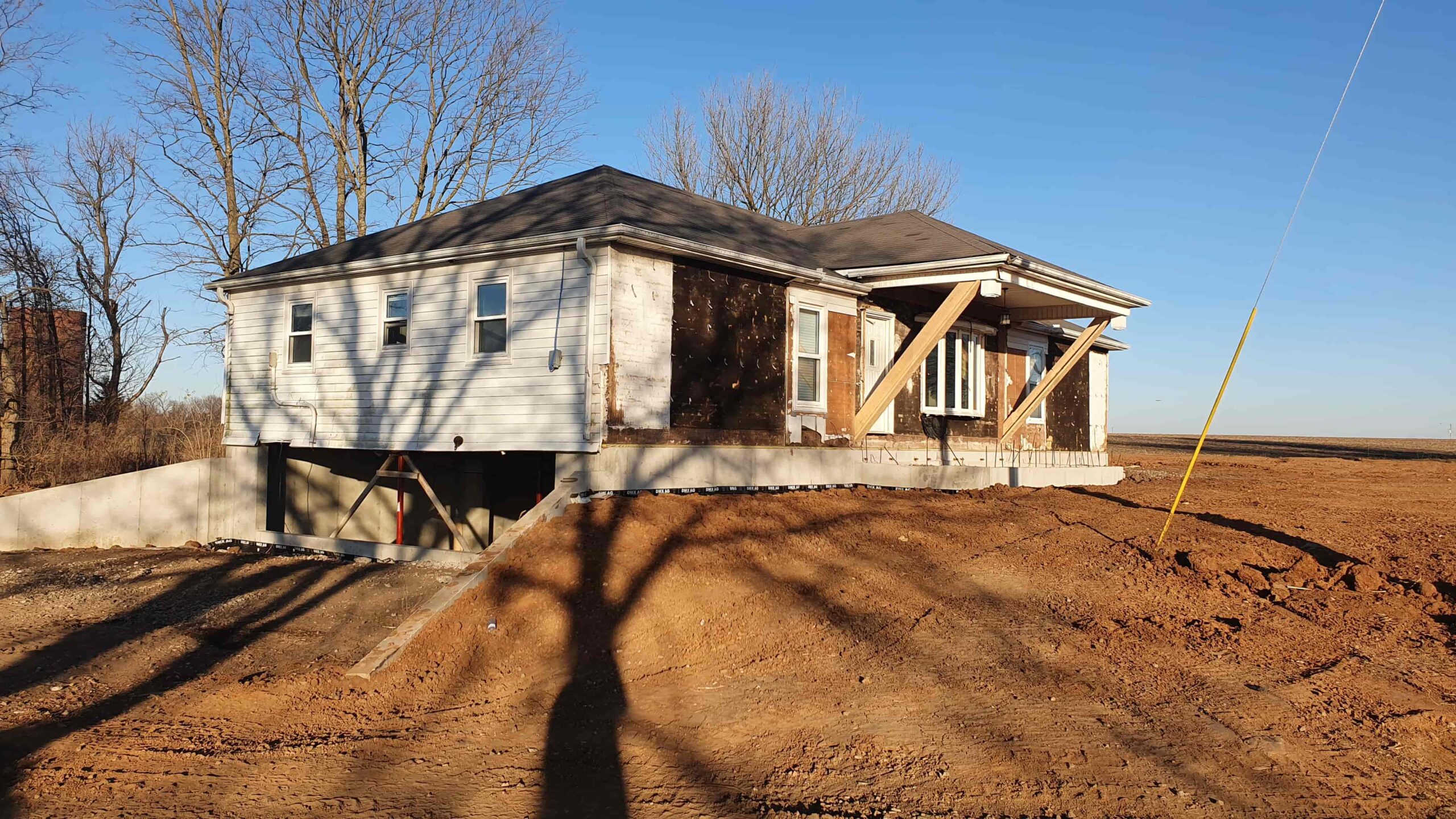
Understanding Foundation Replacement
Foundation replacement entails replacing an existing foundation due to irreparable damage or structural deficiencies. This complex process involves lifting the entire structure, demolishing the old foundation, and constructing a new one. While it may seem extensive and costly, it is occasionally the only viable solution to safeguard the building's structural integrity.
Scenarios When Lifting May Be Necessary
Foundation replacement may not always necessitate lifting the structure. Consider two scenarios:
Case 1: Accessible Crawl Spaces
In houses with pier and beam foundations featuring accessible crawl spaces, foundation replacement from below ground is feasible. While cost-effective, factors like damage extent, soil conditions, and local codes must be considered.
Case 2: Basements with Adequate Clearance
Replacing the foundation without lifting the structure is possible for homes with basements and ample vertical space. This approach involves excavating around the basement walls, demolishing the foundation, and constructing a new one.
Foundation Repair and Replacement
Repairing a damaged foundation may be feasible in certain situations instead of a full replacement. Methods like underpinning, crack sealing, and drainage solutions are commonly used for foundation repair. While generally more cost-effective, it may not be suitable for foundations with extensive damage or structural issues that cannot be adequately addressed through repair.
Challenges and Risks
Replacing a foundation, whether by lifting the structure or from below ground, poses challenges and risks, including high costs, potential structural issues, and inconvenience to occupants during construction. Engaging experienced professionals and securing necessary permits is crucial for a successful foundation replacement project.
Cost Considerations
Foundation replacement costs vary based on structure size, type, foundation damage, and the chosen method. Replacing from below ground is typically cheaper than lifting but may not suit every situation. Obtaining multiple quotes and thoroughly evaluating each approach is essential for making an informed decision.
Choose Jonassen Structural Movers for Your Moving Needs
Jonassen Structural Movers is a family-owned and operated business, which means we treat our customers like family. We understand the importance of trust and communication in any family and bring those values to our business. You can expect personalized service and attention to detail with us that larger moving companies may not provide.
Trust Jonassen Structural Movers to make your moving process seamless and stress-free. Our expertise and commitment to customer satisfaction ensure your move is handled with utmost professionalism. Choose us for a reliable, efficient, and worry-free moving experience. Contact us today!
